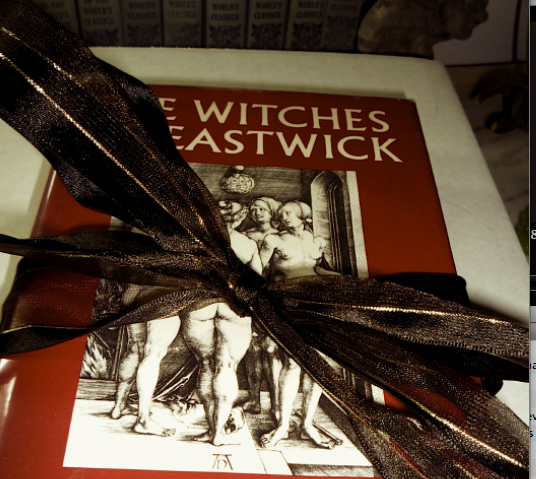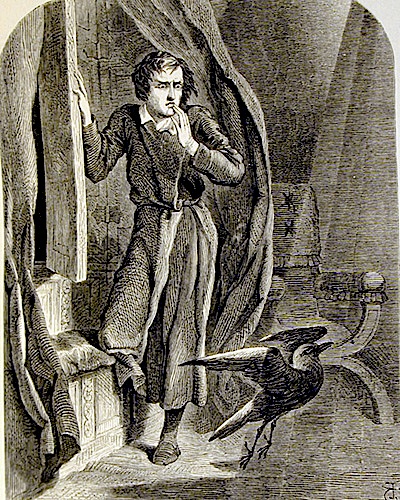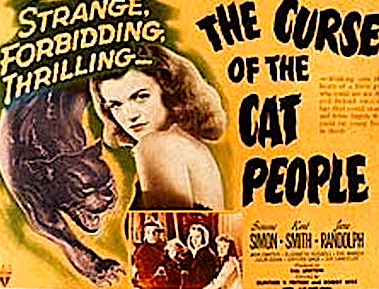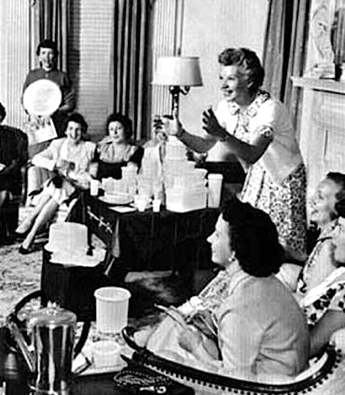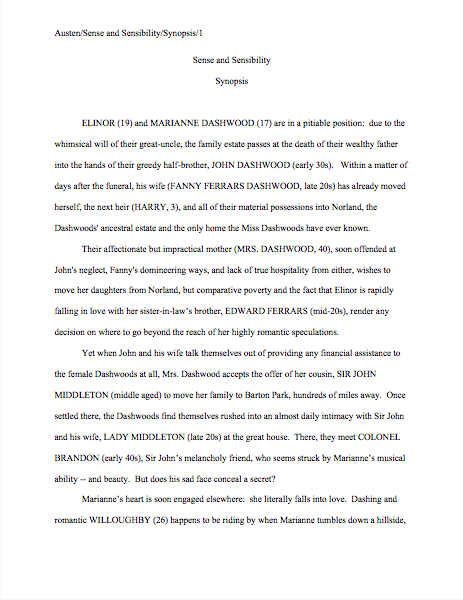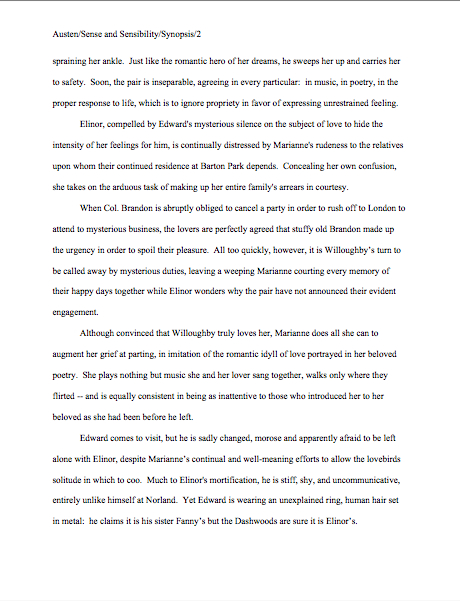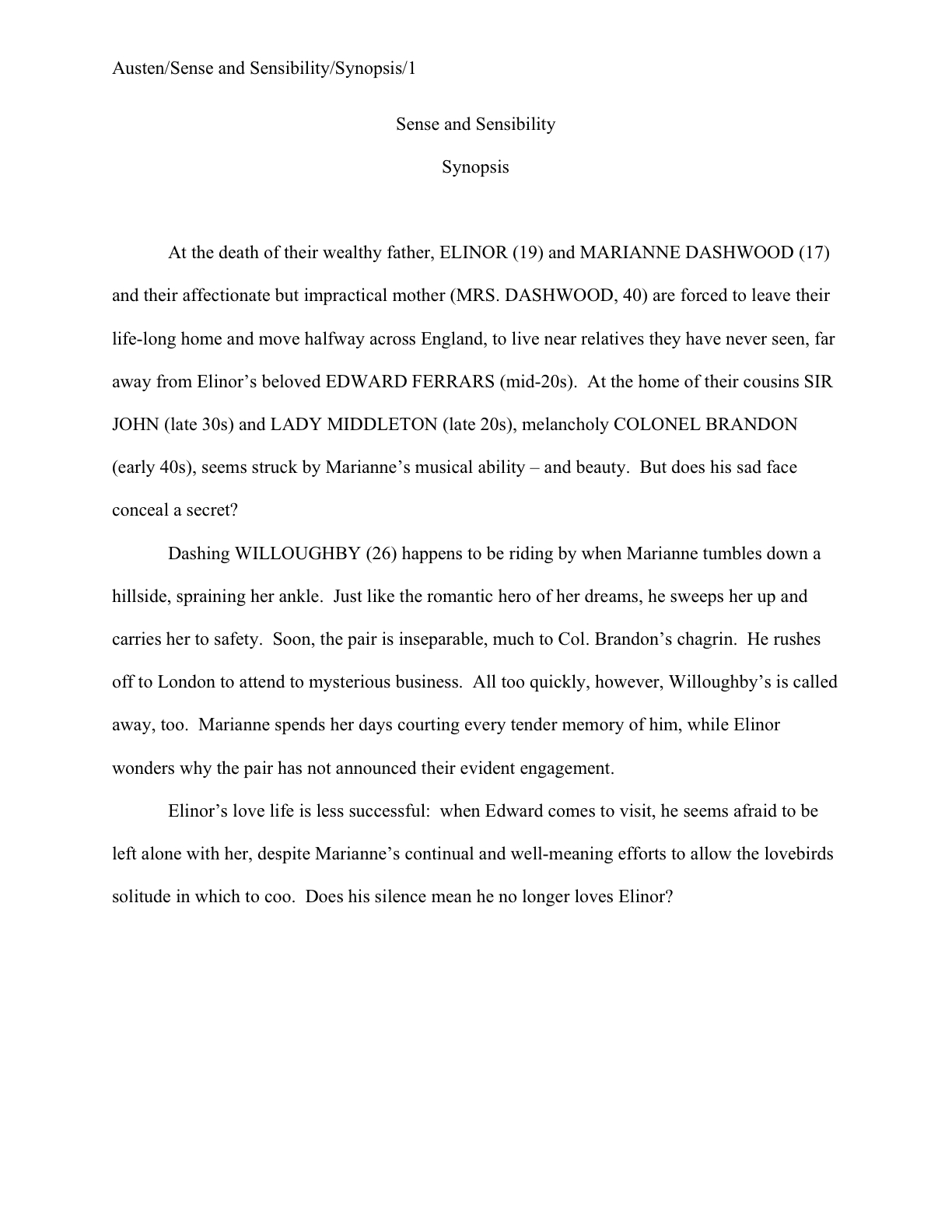
Last time, I eased our discussion of self-editing for pace toward that graveyard of many a promising manuscript submission and contest entry, problematic dialogue. Through the subtle means of showering you with example after example, I sought to nudge you, gently, into an appreciation of just how annoying redundant, non-character-revealing, or just plain dull dialogue can be to someone who reads manuscripts for hours on end. Like, say, Millicent the agency screener.
So I guess that, in a manner of speaking, this sprawling series on the art of revision is not only my holiday present to aspiring writers all over the English-speaking world, but all of the Millicents as well. God bless them, every one.
In the interest of making this the kind of present our Millie will really love, I’m going to turn the discussion toward a few types of dialogue that are particularly irritating to see for the 700th time. Let’s start with one that gets under her skin like wet sand under a swimsuit: the de facto monologue.
You know, the kind of ostensible dialogue that involves one character talking about something, while the other character doesn’t really add much to the conversation. It tends to run a little something like this:
“I can’t believe how arrogant that car dealer was!” Sandy fumed. “You’d think he’d never met a woman who wanted to buy a car.”
“Yeah,” Jeff replied.
“I should have told him that I was going home to e-mail the National Organization of Women, to get them to issue a general boycott of his lot.” Angrily, she wrestled to undo the bungee cords that held the driver’s side door onto her 1978 Saab, provided that she never attempted to accelerate above thirty miles per hour. “Did you see how surprised he was that we left?”
“Um-hm.”
“You don’t suppose his telling me that women don’t know anything about cars is his standard sales technique, do you? Other women can’t actually have bought cars after a line like that.”
“No.” Jeff was crawling into the passenger seat via the smashed back window. “I imagine not.”
Sandy dug under the visor to retrieve the seatbelt. “Well, I wouldn’t be so sure. It’s like those construction workers who yell disgusting things at women walking by their worksites: if it didn’t provoke a positive response at least once every 10,000 times, would they keep doing it? Or do you think that’s just blaming the victims?”
“Could be.”
“Anyway,” she concluded after she had successfully hot-wired the car, so she would not have to force the mangled key into the half-melted ignition, “I guess he won’t be offering five dollars on a trade-in again!”
“Absolutely,” Jeff said, clinging for dear life to what was left of the dashboard.
I ask you: what purpose is Jeff serving in this conversation, other than listener? And if he isn’t in the scene for any other reason, why doesn’t he just shut up and let Sandy blurt out her entire speech, instead of adding line after excisable line of mostly colorless dialogue?
Not to mention repetitious. We all know by now, I hope, how Millicent and her cohorts feel about that in a submission.
So if such lightly-disguised monologues provide neither character development, interesting inter-character conflict, nor, frankly, many sentences worth preserving for posterity, why are they so very popular with writers? Expediency, mostly: there’s no denying that having a protagonist, villain, or crucial minor character suddenly hold forth like Hamlet is a mighty efficient way to convey information to a reader.
But from the professional reader’s point of view, this use of page space is not efficient at all: it’s the narrative equivalent of having a play’s lead excuse himself to the other characters mid-scene, walk to the edge of the stage, and say, “Look, I really don’t have time to convey everything you need to know in dramatic form, so I’m simply going to tell you what would have happened in the next couple of scenes, okay?”
It’s not okay, at least according to Millicent. At the risk of sounding like everyone’s 9th-grade composition teacher, show, don’t tell.
Everyone clear on why that one is problematic? Okay, let’s move on to another that makes Millicent’s teeth grind: characters with catchphrases.
You know what I’m talking about, right? Sitcoms are famous for it, as are sketch comedy shows: a character, usually a comic one, repeats his stock statement at every available opportunity. And the audience laughs not necessarily because it’s funny, but because it’s familiar.
But I can tell you now that Millicent will not laugh. At all. Because to her, repeated dialogue is simply redundant. Not to mention a missed opportunity for character development.
How so? Here’s an axiom for the ages: because by definition, redundant text adds nothing new to a narrative. It merely takes up space.
Some of the comedy writers out there are grumbling into their eggnog over that one, I bet. “But Anne,” hilarity-mongers everywhere protest, “people constantly repeat themselves in real life.”
Yes, people do repeat themselves all the time in spoken English. Is it boring on the page? You bet.
That answer didn’t mollify you, did it? “But isn’t realism valuable in and of itself? I know plenty of people who effectively have their own catchphrases.”
As do I, as it happens. In fact, I recently enjoyed a long, gossipy conversation with a very old friend of mine with a very distinctive speech pattern: she says, “Like I said…” every other minute or so. In a long anecdote — to which she is quite addicted, as a world traveler with unusual tastes in traveling companions — she often uses this phrase ten or fifteen times.
Since we grew up together, you would think I would know where she had picked up this rare trope, but I don’t; it’s an adult acquisition. We have both wandered far from home, evidently. But still, you’d think I would have some inkling as to its origin: she and I were so closely allied in high school that at her wedding, her father spent 45 minutes grilling my boyfriend about his prospects and intentions toward me.
You might say that we come from a close-knit community.
Our hometown does in fact have a distinct speech pattern, a mixture of the lilt remaining when a small town in Switzerland (cow and wine country) picked up and became a small town in California (wine and cow country), certain Mexican-influenced words, a smattering of barrel-related French, and a linguistically inexplicable tendency to pronounce “mirror” as “meer.” Being a farming community (the aforementioned wine), of course, certain agricultural tropes abound in season, such as, “How about this rain? Sure do need it,” “The grapes would have been in by now, 20 years ago” (untrue, incidentally), “Did you hear that bears have been at Farmer X’s grapes?” (true, incidentally; brown bears like expensive fruit), and “Damned drunken tourists have been at my vines again. They think every grape in sight is a free sample.”
But “like I said,” no.
Now, being a sharp-eyed writer with a strong sense of verisimilitude in dialogue, you may have noticed something about all of these phrases, real-life tropes that actual people say quite bloody often in my native neck of the woods. Chant it with me now: they would be DEADLY dull in written dialogue.
As would a character who constantly punctuated her personal stories with “like I said…” Or indeed, almost any of the small talk which acquaintances exchange when they bump into one another at the grocery store. Take this sterling piece of Americana, overheard in Sunshine Foods in my hometown not so long ago:
A: “See you got some sun today, Rosemary.”
B: “I was picking peaches. How did your dentist appointment go?”
A: (Laughs.) “The dentist won’t be buying his new boat on my dime. Was that the Mini girl who just dashed by?”
B: (Craning her head around the end of the aisle.) Could be. She was supposed to be visiting her mother sometime soon. She’s not married yet, is she?”
A: (Shakes her head.) “Oh, hi, Annie. Visiting your mother?”
Me: (Seeking escape route.) Yes. How’s your son? I haven’t seen him since high school. (Murmurs to significant other, covered by Mrs. A’s lengthy description of the relative heights, ages, and weights of her grandchildren.) Thank God.
A: And how’s your mother?
Me: Oh, fine, fine. I’d better be going. Nice to see you.
B: Give my regards to your mother.
Me: (Wheeling cart away.) I will. Remember me to Bobby.
A: Well?
B: (Sighing.) Still no wedding ring.
Okay, what’s wrong with this scene as dialogue on the page, over and above its repetition? You can hardly fault this exchange for verisimilitude — it not only is a transcript of an actual conversation, but it sounds like one, literary traits that do not necessarily go hand-in-hand — but it’s missing something, right? Any guesses, wild or otherwise?
Give yourself three gold stars if you yelled, “Well, it’s hardly character-revealing, is it? Who are these people as individuals, as opposed to representatives of a collective small-town mentality?”
See it now? This exchange might as well have been said by actors, rather than specific people with personal quirks. Granted, as is, it might tell you a little something about the spying capability of my home town’s feared and respected Little Old Lady Mafia, but it doesn’t tell you much about the speakers as human beings, or our relative positions within society.
And if there was a plot (other than to get me married off to someone with whom I might produce more little winemakers, a quest that is ongoing and perpetual), its intricacies are not particularly well revealed by this slice o’life.
More to the point of this series, the boring bits of this ripped-from-reality dialogue would be significantly more difficult to edit out of a manuscript than a linguistic trope such as my old pal’s “like I said…” Cutting the latter would a particularly easy edit, not only because the writer could simply use the FIND function in word to excise it, but because it would be a pretty sure indicator that the speaker is repeating herself (although interestingly enough, my friend habitually uses this phrase when she ISN’T repeating herself, I notice).
But reworking the exchange above to render it snappy? That would take an almost complete rewrite. Nevertheless, one of the best places for a self-editor to start looking to trim manuscript fat — or even eliminate entire scenes — is generally in scenes taken directly from real life. Most writers cut-worthy include elements in such scenes simply because it happened that way, not because those elements or lines of dialogue add crucial elements to the scene.
To put it bluntly, blandness tends to linger in reality — and that’s potentially problematic at the submission stage. To paraphrase one of Millicent’s most frequent exclamations, via a quote from Nietzsche: “Against boredom, even the gods struggle in vain.”
While I think we can all agree Nietzsche would have made a lousy agency screener, this might be a good adage to bear in mind while preparing your manuscripts for submission. For one very simple reason: the average agent or editor’s maximum tolerance for boredom in a manuscript is approximately well under a minute.
Not a lot of room for fudging there. So if you’ve ever heard yourself saying, “Just wait until page 15 — it really picks up there,” you might want to give some thought to how to make your submissions more user-friendly for a reader with the attention span of an unusually persistent mosquito.
And THAT is why, in case you were curious, writing gurus urge students to begin their works with a hook, to establish interest right away. But capturing a reader’s interest – particularly a professional reader’s interest – is not like tag: once you’ve hooked ‘em, they don’t necessarily remain hooked. Think of maintaining interest as being akin to love: no matter how hard someone falls for you at first, if you do not keep wooing, that interest is going to flag sooner or later.
Too many aspiring writers take their readers’ interest for granted, an often-costly assumption. So let’s talk wooing strategy.
In the industry, the standard term for what keeps a reader turning pages is tension. All too frequently, tension is confused with suspense, and thus taken less seriously as a writing necessity by writers in other genres. Suspense is plot-specific: a skillful writer sets up an array of events in such a way as to keep the reader guessing what will happen next. In a suspenseful plot, that writing-fueled curiosity keeps the reader glued to the page between plot points.
Suspense, in other words, is why one doesn’t get up in the middle of a Hitchcock film to grab a bag of baby carrots from the fridge, unless there’s a commercial break. You want to see what is going to happen next.
Tension, on the other hand, can stem from a lot of sources, mostly character-generated, rather than plot-generated: the reader wants to know how the protagonist is going to respond next, a different kettle of fish entirely. Sometimes tension-rich dilemmas are plot points, but not always – and this gives the writer a great deal of freedom, since it’s a rare plot that can maintain a major twist on every page.
Or even every other page. (THE DA VINCI CODE, anyone?)
Some of the greatest contemporary examples of well-crafted, consistent tension in novels are the HARRY POTTER books. (Yes, I know that they’re for children, but children grow up, and it would behoove anyone who intends to be writing for adults ten years from now to be familiar with the Harry Potter pacing.) Actually, not a lot happens in most of the books in this series, particularly in the early chapters: kids go to school; they learn things; they have difficulty discerning the difference between epoch-destroying evil and a teacher who just doesn’t like them very much; Harry saves the world again.
Of course, the lessons they learn in the classroom ultimately help them triumph over evil, but that’s not what makes the HARRY POTTER books so absorbing. It’s the incredibly consistent tension. If J.K. Rowling’s publisher infused each page with heroin, rather than with ink, her writing could hardly be more addictive; there’s a reason that kids sit up for a day and a half to read them straight through. With the exception of the first 50 pages of the last book (hey, I’m an editor: it’s my job to call authors on their writing lapses), the tension scarcely flags for a line at a time.
Technically, that’s a writing marvel, a achieved not by magic, but by doing precisely the opposite of what the movie and TV scripts with which we’re all inundated tend to do: she gives her characters genuine quirks substantial enough to affect their relationships and problems that could not be solved within half an hour by any reasonably intelligent person.
Rather than making the reader guess WHAT is going to happen next, well-crafted tension lands the reader in the midst of an unresolved moment — and then doesn’t resolve it immediately. This encourages the reader to identify with a character (usually the protagonist, but not always) to try to figure out how that character could get out of that particular dilemma. The more long-term and complicated the dilemma, the greater its capacity for keeping the tension consistently high.
A popular few: interpersonal conflict manifesting between the characters; interpersonal conflict ABOUT to manifest between the characters; the huge strain required from the characters to keep interpersonal conflict from manifesting. Also on the hit parade: sexual energy flying between two characters (or more), but not acted upon; love, hatred, or any other strong emotion flying from one character to another, spoken or unspoken. Or even the protagonist alone, sitting in his room, wondering if the walls are going to collapse upon him.
Come to think of it, that’s not a bad rule of thumb for judging whether a scene exhibits sufficient tension: if you would be comfortable living through the moment described on the page, the scene may not provide enough tension to keep the reader riveted to the page. Polite conversation, for instance, when incorporated into dialogue, is almost always a tension-breaker.
“But wait!” I hear some of you slice-of-life aficionados out there cry. “I hate to be redundant with the questions, but shouldn’t dialogue EVER reflect how people speak in real life?”
Well, yes and no. Yes, it should, insofar as good dialogue reflects plausible regional differences, personal quirks, and educational levels. I’ve heard many an agent and editor complain about novels where every character speaks identically, or where a third-person narrative reads in exactly the same cadence and tone as the protagonist’s dialogue. Having a Texan character use terms indigenous to Maine (unless that character happens to be a relative of our last president’s, of course) is very likely to annoy a screener conversant with the dialect choices of either area.
Yes, Virginia, the pros honestly do notice these little things. That’s one of the many, many reasons that it is an excellent idea for you to read your ENTIRE submission IN HARD COPY and OUT LOUD before you mail it off; it really is the best way to catch this flavor of writing problem.
But it’s just a fact of the art form that the vast majority of real-life dialogue is deadly dull when committed to print. While the pleasantries of manners undoubtedly make interpersonal relationships move more smoothly, they are rote forms, and the problem with rote forms is that utilizing them absolutely precludes saying anything spontaneous. Or original.
Or — and this is of primary importance in a scene — surprising. Think about it: when’s the last time someone with impeccable manners made you gasp with astonishment?
Even rude real-life conversation can be very dull to read. If you don’t believe this, try this experiment:
1. Walk into a crowded café alone, sit down at a table near a couple engaged in an argument (not all that difficult to find at holiday time, alas(, and start taking notes.
2. Go home and write up their actual words — no cheating — as a scene.
3. Read it over afterward. Does it work dramatically? Is it character-revealing? Or do these people sound generic and their bickering dull?
99% of the time, even if the couple upon whom you eavesdropped were fighting or contemplating robbing a bank or discussing where to stash Uncle Harry’s long-dead body, a good editor would cut over half of what the speakers said. And if the two were in perfect agreement, the entire scene would probably go.
Why? Because real-life conversation is both repetitious and vague, as a general rule. It also tends to be chock-full of clichés, irrelevancies, non sequiturs, jokes that do not translate at all to print, and pop culture references that will surely be outdated in a year or two.
In a word: boring to everyone but the participants. It’s an insult to the art of eavesdropping.
“Boring,” of course, is absolutely the last adjective you want to spring to Millicent’s mind while she’s perusing your work. Even “annoying” is better, because at least then the manuscript is eliciting a reaction of some sort. But once the screener has a chance to think, “I’m bored with this,” if the next line does not re-introduce tension, chances are that the submission is going to end up in the reject pile.
That’s the VERY next line; you can’t count upon your manuscript’s ending up on the desk of someone who is going to willing to be bored for a few paragraphs. As a group, professional readers bore FAST.
How fast, you ask? Well, I hate to be the one to tell you this, my friends, but many of the fine people currently reading submissions across this great land of ours are disconcertingly capable of becoming bored within the first paragraph of a novel. Or, at the very most, by the bottom of the first page.
While we could talk all day about the ethics of agencies and publishing houses employing screeners and assistants with attention spans comparable to the average three-year-old’s — and I’m talking about a three-year-old who has just eaten two big slices of birthday cake here — I have to say, I’ve read enough manuscripts in my time to understand why: the vast majority of manuscripts suffer from an ongoing lack of tension.
Dull dialogue that does not reveal interesting things about the characters saying it is a primary culprit. I know, I know, being courteous SEEMS as though it should make your protagonist more likable to the reader, but frankly, “Yes, thank you, George,” could be spoken by anyone. It doesn’t add much to any scene. And reading too many pages of real-life dialogue is like being trapped in a cocktail party with people you don’t know very well for all eternity.
“Deliver us from chit-chat!” the Millicents moan, rattling the chains that shackle them to their grim little desks clustered together under those flickering, eye-destroying fluorescent lights. “Oh, God, not another attractive stranger who asks, ‘So, have you been staying here long?’”
At the risk of art’s imitating life this holiday season, I’m going to be talking about interpersonal — and inter-character — tension for the rest of the week. Keep that dialogue lively, everybody, and keep up the good work!


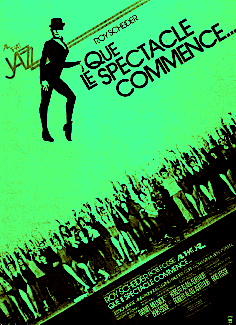
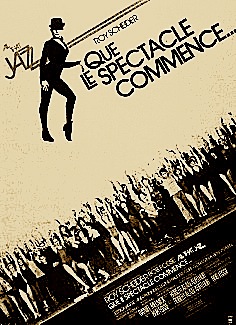
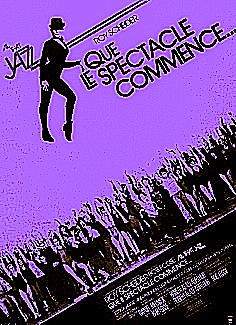
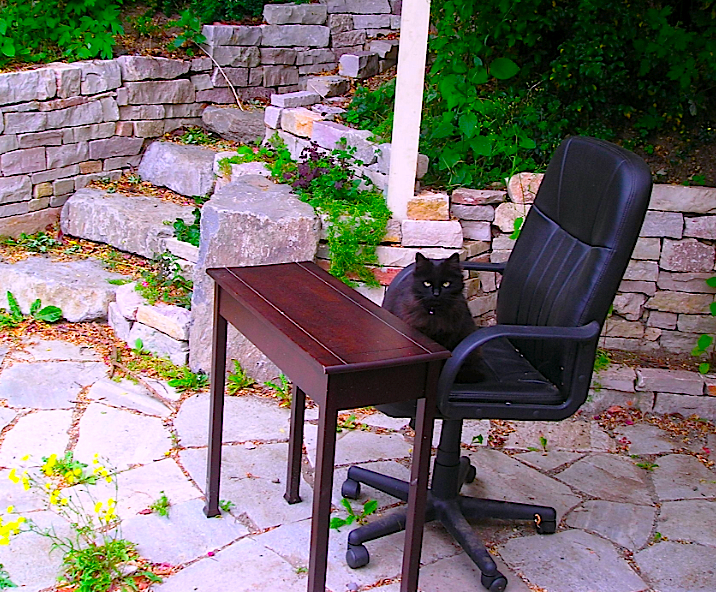

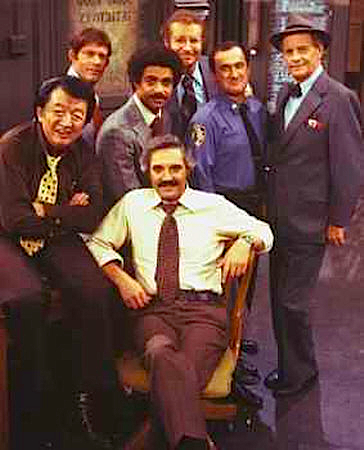
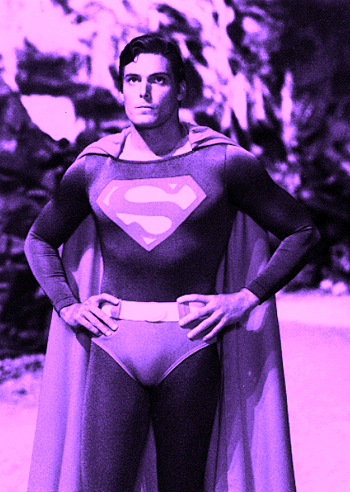

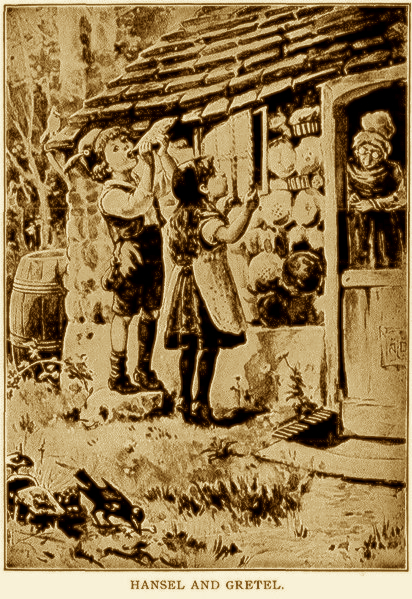

 PS: yes, I know that this series has been long and dense, but I have a fabulous reward in store for you at the end of it: a guest post from an author I’ve been eager to get here to talk to you for a very long time. Hint: he’s funny, and appropriately for the season, there will be small, fluffy animals involved.
PS: yes, I know that this series has been long and dense, but I have a fabulous reward in store for you at the end of it: a guest post from an author I’ve been eager to get here to talk to you for a very long time. Hint: he’s funny, and appropriately for the season, there will be small, fluffy animals involved.


